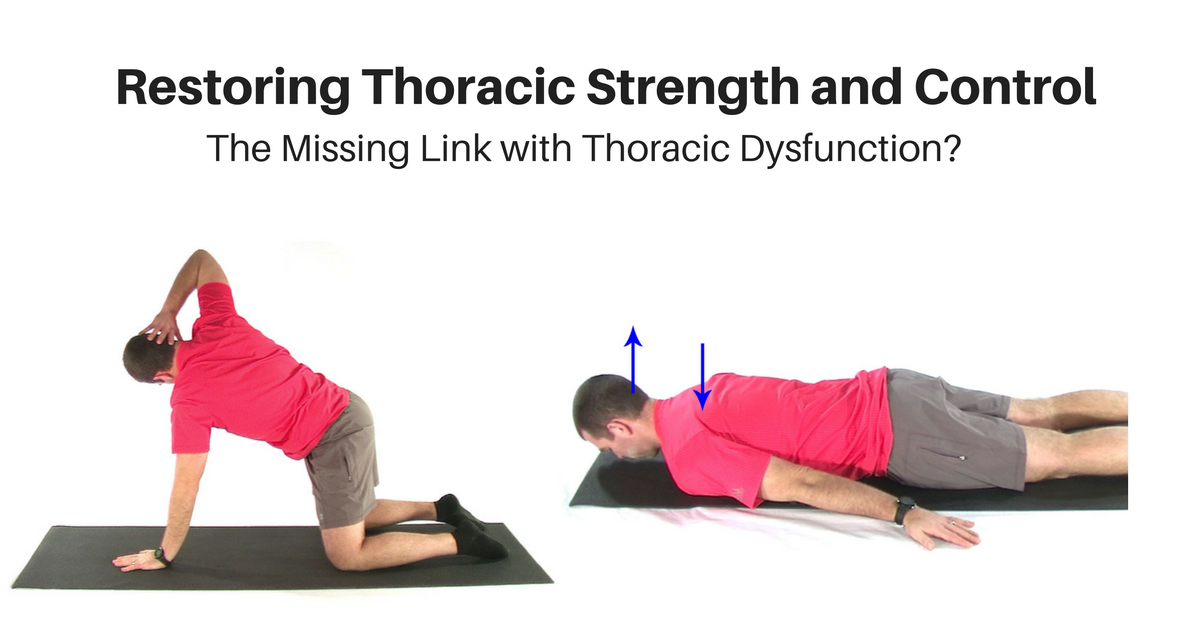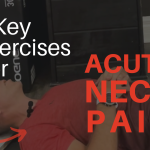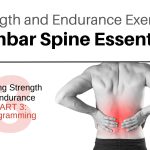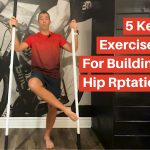
Discussions around the thoracic spine seem to revolve around mobility. But what about thoracic strength? With regions like the shoulder, hip, and lower back strength is considered an integral part of restoring proper function. Yet thoracic strength and control seem to get much less press.
Please don’t misunderstand me. I am in no way suggesting thoracic mobility is not important. With all of the sitting and slouching we do the thoracic spine defaults into a flexed posture. This in turn makes it more and more difficult for the thoracic spine to extend and rotate.
As such, restoring thoracic mobility is a primary goal when treating thoracic pain and dysfunction…and with a ton of neck and shoulder conditions too.
But manipulating the thoracic spine and doing passive extension work on the foam roller is usually not enough. We also need to make sure the extensor muscles are capable of holding the thoracic spine in the correct posture and controlling extension and rotation with dynamic movements.
Improving Thoracic Strength and Control
For most patients building thoracic strength and control is not difficult. But you do need to be aware of the issue and know the right exercises to prescribe to get the job done.
Here are two of the simplest and most effective exercises to do this.
Prone Thoracic Extension (Sternal Press)
This is a really simple exercises but there are two key things that you need to focus on to get the right results. First, be sure to tuck your chin towards your neck to start. The tendency will be to extend the head back but we want to focus the extension at the thoracic spine. This chin tuck also activates the deep cervical stabilizers. These muscles are usually dysfunctional with a flexed and restricted thoracic spine so this exercise will help with that too.
Second, focus on pressing your sternum into the floor. We want to activate the thoracic extensors locally to control the thoracic spine. Don’t try to lift and extend your entire back.
Here’s the step-by-step instructions.
- Begin lying on your stomach with your arms resting on the floor beside you
- Tuck your chin towards your neck then gently lift your head and shoulders/upper back off the floor by pressing your chest into the floor
- This is not a big movement – you do not need to lift very high off the floor but you should feel your mid back muscles along your spine contract
- Hold the head and shoulders up for 5-10 seconds then return to the floor and relax your muscles
- Perform 2 sets of 10 repetitions 1-2x/day.
Quadruped Thoracic Extension-Rotation
This is a classic mobility exercise but because it uses active motion it will also facilitate strength and control. And in addition to extension it will also promote rotation. This is important because the extensors don’t just extend, they also rotate.
The key here to focus the motion at the thoracic spine and work on control and muscle activation, not just range.
Focus on holding a gentle contraction of your thoracic extensors. To do this it is best to think of pressing the sternum towards the floor just like you did in the previous exercise. (That is also why these exercises work well together).
Here is how you do the exercise.
- Begin on your hands and knees
- Place one hand behind your head so your elbow is extended at shoulder height
- Now rotate your upper body and reach up towards the ceiling with your elbow.
- Go slow and focus on feeling the extension and rotation from your thoracic spine
- Hold your body rotated upwards for 1-2 seconds then rotate your upper body back towards the floor and reach your elbow towards your supporting arm
- Perform 10-15 repetitions 1-2x/day.







